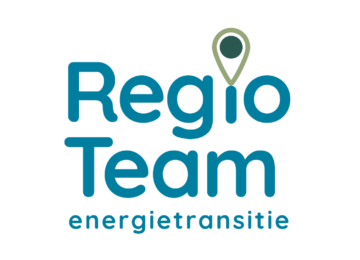Energy Storage NL election stakes: Towards affordable, reliable and independent energy
The Netherlands is making progress in the energy transition: now more than half of our electricity comes from solar and wind. While renewable generation is growing, the connection between supply and demand is stalling. The result: grid congestion, negative electricity prices, stalled energy projects and uncertainty among households and businesses. There is clearly more need for energy storage in our energy system. Only then will we realize a future with affordable, reliable and independent energy.
This is why Energy Storage NL (ESNL) presents its commitment to the upcoming elections. We advocate a systems approach in which energy storage - from batteries to heat buffers and hydrogen storage - plays a central role.
The added value of energy storage
In our election insert, we describe how energy storage ensures affordable, stable and independent energy.
Energy storage makes energy more affordable
Energy storage allows energy to be stored when it is abundantly and cheaply available, and released at times of scarcity. This dampens price spikes and stabilizes the energy market. With batteries, this can save households, businesses and industry up to €1.4 billion a year in energy costs. Storage also provides substantial benefits for grid operators: the "IBO study on Electricity Infrastructure" shows that deployment of flexibility and storage can reduce grid management costs by €22.5 billion in 2040.
Energy storage makes energy more reliable
The reliability of the Dutch power grid is under pressure due to increasing grid congestion. Companies cannot expand, residential areas are delayed and sustainable projects are stalled. Energy storage offers a solution here. By accommodating peaks and troughs in generation and use, existing grid capacity is put to better use. Moreover, storage is indispensable for guaranteeing the security of supply, as TenneT also indicates in its Security of Supply Monitor. Batteries can bridge short-term shortages; for longer periods, flow batteries, thermal systems and molecular storage are essential.
Energy storage makes energy more independent
The geopolitical situation and recent power outages in other European countries show how vulnerable our energy system is. We must therefore work on our energy independence. By storing renewable energy and using it locally, we are building a more self-sufficient energy system. Households can use home batteries and heat buffers to double their own consumption of solar power and thus become more independent. Large-scale storage solutions also contribute to a more resilient energy system in emergency situations by helping to restart the energy grid.
Call from ESNL: adopt a systems approach to storage
Despite all the benefits, the potential of energy storage remains underutilized. Projects remain stalled, while the need towards 2050 rises to nearly 70 GW. There is a lack of coherent policy. ESNL therefore calls for a systems approach with five pillars:
1. Recognize storage as a pillar in the energy system
Anchor energy storage structurally in national programs such as the National Energy System Plan. Set clear storage ambitions for 2030, 2040 and 2050 and conclude a Flex & Storage sector agreement to ensure implementation.
2. Provide a fair market and profitable business case
Reform the tariff structure, reward flexibility, adapt subsidy schemes and facilitate tender procedures for storage projects similar to offshore wind.
3. Take direction on spatial integration
Establish national frameworks and standard procedures for permits. Proactively reserve space for storage when building new infrastructure.
4. Deploy decentralized storage power
Encourage community and home batteries with flex fees, eliminate double energy taxes, and give energy cooperatives access to storage financing through funds.
5. Accelerate innovation and scale-up
Invest targeted R&D for long-term storage technologies and scale up existing solutions with structural subsidies and long-term security.
Latest News
 News
News
Response from the regional energy transition team to the draft policy on large-scale battery storage in Flevoland
December 23, 2025 News
News
Compliment of the month: Provincial Council of Gelderland
December 18, 2025 News
News


